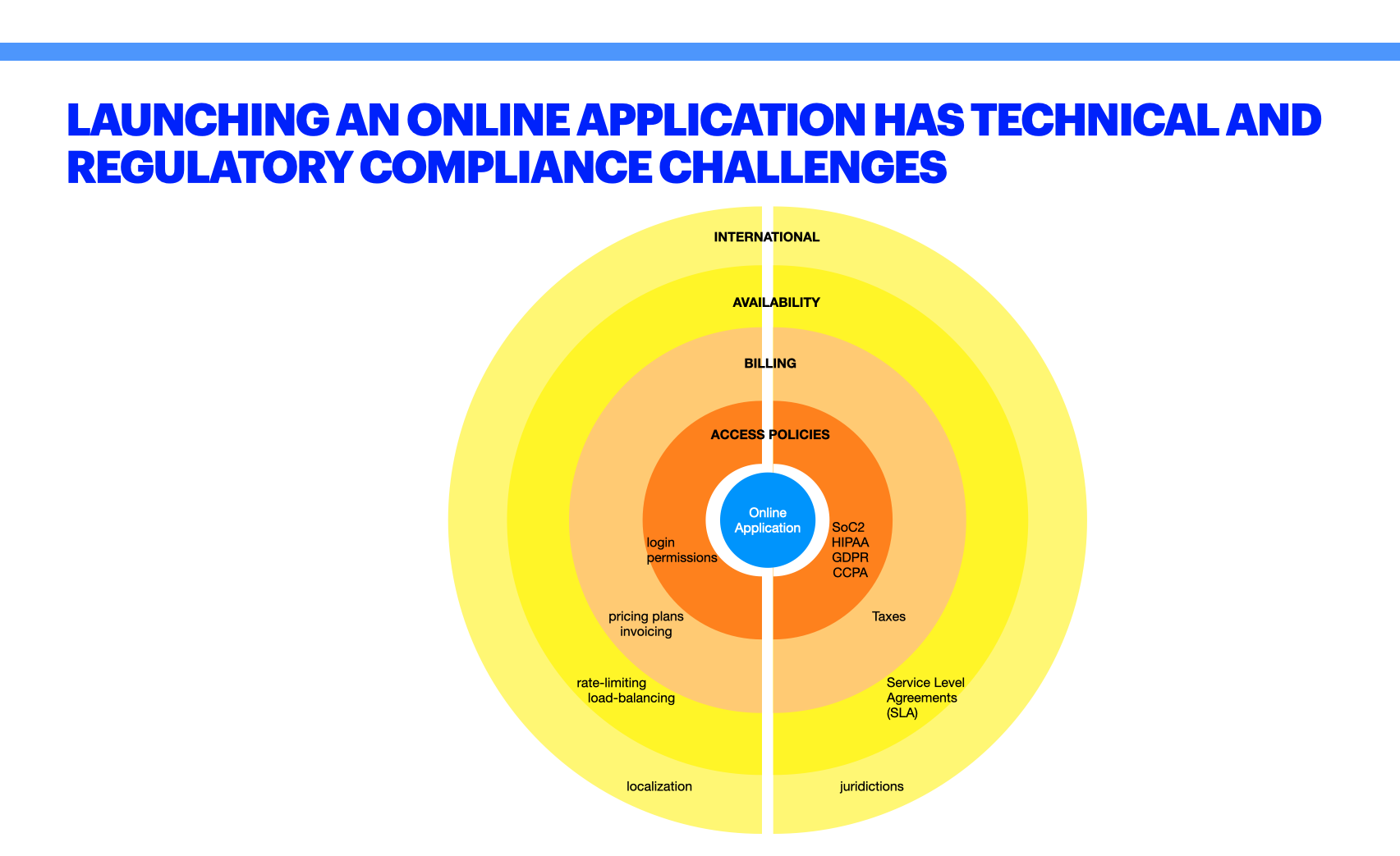The MVP is dead
by Sebastien Mirolo on Mon, 16 Aug 2021
 A long time ago, around 1999, someone put a few HTML pages together glued with
some logic code; had success with it; wrote a book about it; had more success;
and the Minimum Viable Product (MVP) was born.
A long time ago, around 1999, someone put a few HTML pages together glued with
some logic code; had success with it; wrote a book about it; had more success;
and the Minimum Viable Product (MVP) was born.
We are in 2021. The Internet has changed - FAANG, Ransomware, Cyber-terrorism. The World has changed - 9/11, subprime crisis, Work-from-Home. Yet somehow the MVP remains a dogma of Web development. Why is that?
Who benefits from building MVPs?
Development sweat shops have soared all over the place. It is a fast-pace environment always running after a new budget. The more people they can convince to burn through a few thousand dollars to "build the business of their dreams", the better.
More broadly, anyone selling books, courses, or coaching sessions on the "get-rich-quick" theme loves MVP. There is nothing that dampens the mood more than a "your idea will cost at least $500k to get off the ground" reality check.
What is a MVP for?
- You are building a MVP to prove the market
- No you don't. Product categories (CRM, e-learning, etc.) are well established at this point. From Capterra to G2, there are entire Websites dedicated to categorize SaaS products. Markets don't need to be proven.
- You are building a MVP to raise funding
- Good luck. There are thousands of Entrepreneurs before you that have proven SaaS products could be built efficiently. If you absolutely want to give a demo, use a click-through no-code tool. Remember though, investors are not customers. In many case, they don't care about your product. They are only interested in business metrics, occasionally income statements if you have them.
- You are building a MVP to engage the first customers
-
You said customers? People actually paying for the product? Sorry. For many
gurus out there you have exceeded the scope of a MVP.
At this point, you are like: Eh Seb, you are all about building SaaS products to their first $1M in ARR (i.e. Annual Recurring Revenue). What is all that about?
Momentum is everything
The first cardinal rule of business is: If someone is willing to pay for your product, take their money. It is incredible the number of entrepreneurs that spend thousands of dollars building version one, and forget invoicing and collecting payments from customers.

You might be lucky, sign a few deals, and bring $50k-$100k in ARR with version one (which is not an MVP anymore - remember). Now you are in the Valley of Death.
We are in 2021. The next leads on your list already have a solution, most likely a digital solution, for their problem. You will have to displace a competitor which means you can't wing it anymore. You must have an answer for legal compliance questions (GDPR, SoC-2, etc.) that didn't cross a prospects mind 5 years ago but are top of mind in Today's privacy and security environment.
That's not mentioning standard features expected in your chosen product category - See How to build a HCM SaaS Product? for example.
Your engineers are stuck re-writing version 2 from scratch, while your Salespeople are not pushing deals through and most of your marketing dollars went to waste.
By shear efforts, and luck, cash didn't run out before you can deploy version 2 to production. You are starting to regain some momentum but it is not enough.
Freemium has given rise to Product-Led Growth (PLG). On-boarding workflows are king. It is not enough to run reports for Sales and Marketing once a week. All of them require to work directly on your product, changing the copy in the product pages, updating the pricing plans, etc. without opening a ticket and passing through a developer. Your engineer-centric CD/CI (i.e. Continuous Development/Continuous Integration) process is killing momentum.
Your lead engineer is lobbying to "pause" development and work on version 3 ... You wish you had learned about DjaoDjin's Multi-level Platform Design before ...
Momentum is everything. The MVP is dead. Long live Version One.
More to read
If you are looking for more posts about what it is like to build a boutique subscription product, you might enjoy Mental Preparation for the Future CEO and Hiring a technical co-founder
More business lessons we learned running a SaaS application hosting platform are also available on the DjaoDjin blog. For our fellow engineers, there are in-depth technical posts available.
